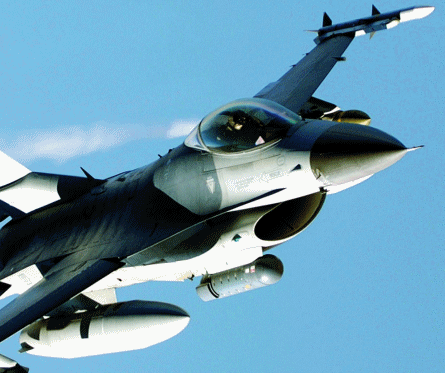A networking system developed for precision-guided weapons may also transition to the US Air Force's two most advanced targeting pods, with the Northrop Grumman Litening AT and Lockheed Martin Sniper XR being equipped with the Rockwell Collins Quint Networking Technology (QNT) datalink.
The Litening pod demonstrated a pre-production version of the QNT's two-way, video and datastream to the ground in mid-September during the "Bold Quest" coalition exercise at Nellis AFB, Nevada, says George Miller, Northrop's director for Litening programmes.
The demonstration linked Lockheed F-16 fighter pilots with ground units up to 80km (45nm) away, allowing them to share video and location data on both their own and target positions. The Litening pod features an auxiliary bay with a "plug-and-play" interface for the QNT hardware, says Miller.
|
|---|
F-16 pilots were linked to ground units in the demonstration |
Lockheed meanwhile plans to test a smaller, production-ready QNT system on its Sniper pod in the third quarter of next year, says Mark Fischer, the company's business development manager for the Sniper pod, which is also available on the export market under the name Pantera.
The QNT is one of two options under consideration to acquire a two-way datalink to equip the USAF's targeting pods. The other is a new, two-way version of the L-3 Communications Rover-III downlink already in service.
The USAF has not formally decided to make the switch from a one-way datalink to a two-way system, but Collins and L-3 are both preparing to have options available if it makes a commitment for the new technology.
The QNT system is, meanwhile, expected to enter service with the air force's weapons inventory in fiscal year 2009.
Source: Flight International
























